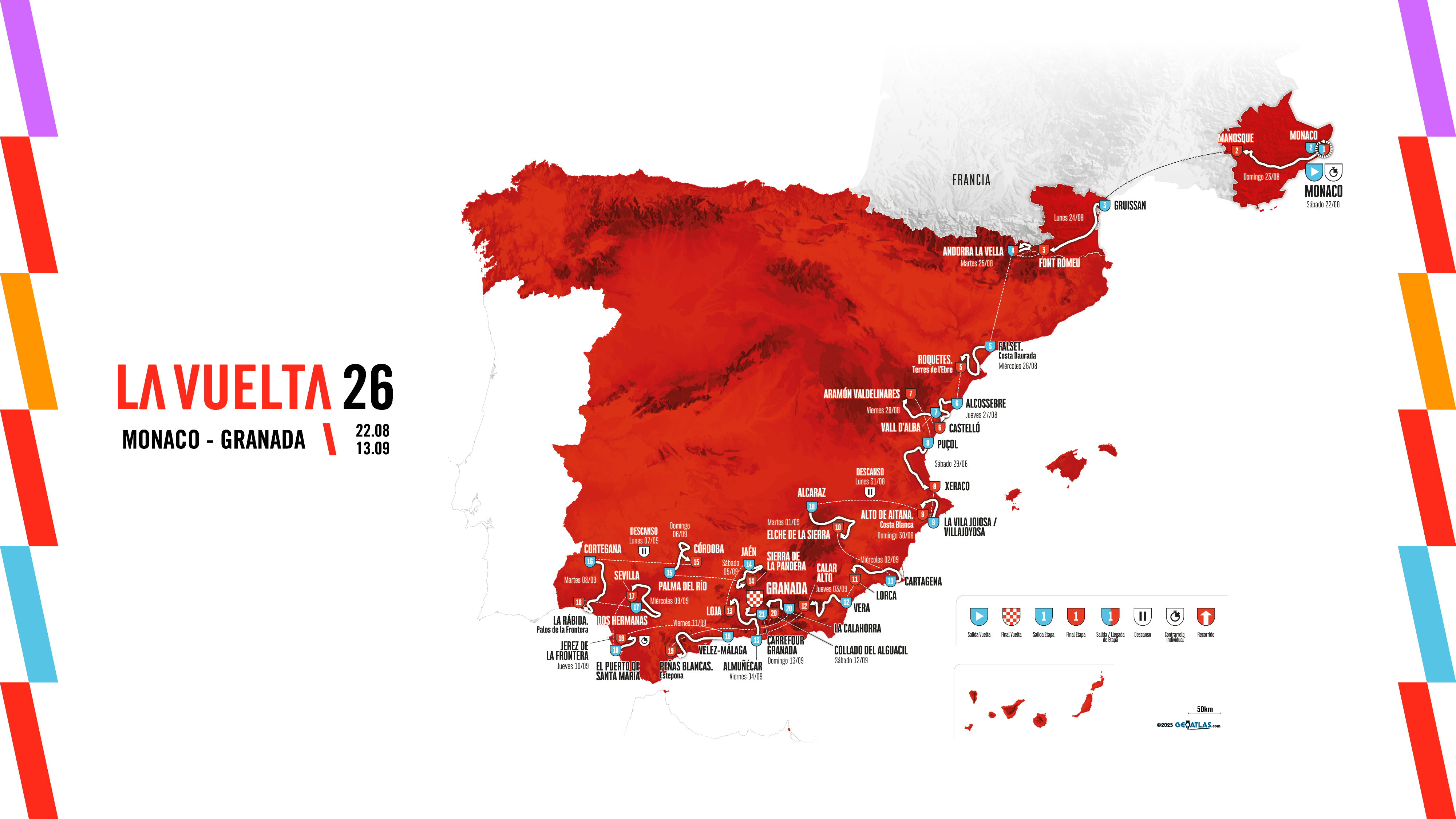My longest-ever bike ride is in two weeks, this is how I'm preparing for it
How I have trained and prepared for the 300km Bern-Zermatt Chasing Cancellara ride
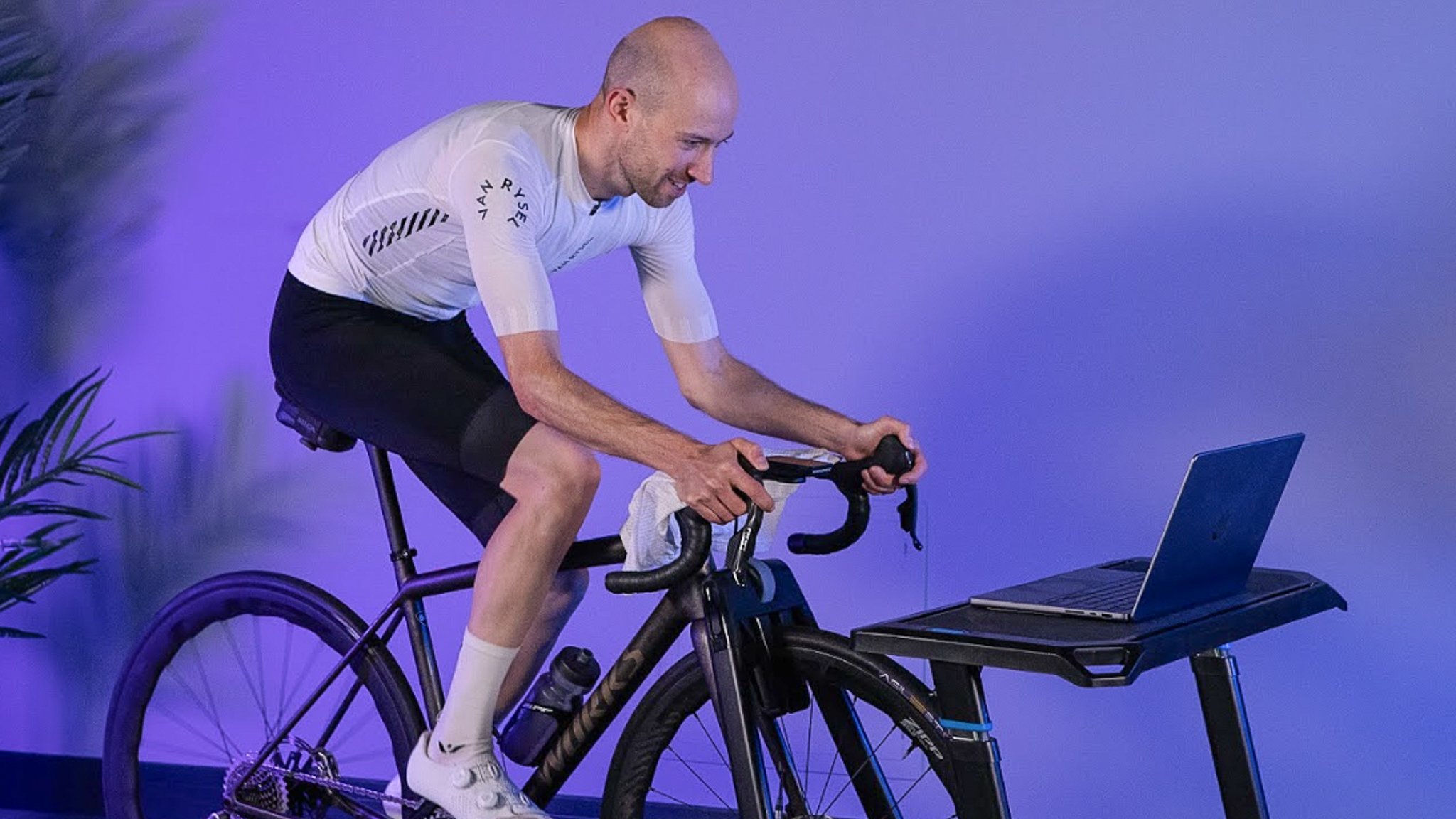
In just over two weeks I will be starting the longest and toughest bike ride I’ve ever attempted. No, I haven't won some sort of raffle to have a crack at the neutral zone of Stage 1 of the Tour de France, which happens to start on the same day. Jokes aside, I will be heading to Switzerland to take on the Bern to Zermatt edition of the Chasing Cancellara ride series.
Founded several years ago by retired ex-Olympic and World Champion, not to mention Classics superstar, Fabian Cancellara. Several fondo-style events make up the series each year giving riders a solid challenge and the chance to ride alongside the man himself. Of these, The Bern-Zermatt edition which I will be tackling is the longest this year at 300 kilometres.
The Bern to Zermatt challenge is a serious undertaking. The ride starts in the early hours, I think to ensure riders finish the event at a reasonable time of day. I’ll be setting off at around 2 am, and riding through the night to reach dawn and eventually Zermatt itself as I take on the 300-kilometre route which comprises 5000 metres of climbing.
I’ve ticked off a few tasty rides in my time, but this will take things to a new level and the challenge certainly makes me a little nervous. And while I expect some of you will be thinking '300k?! I ride that on my way to work!' this will be the furthest I've ever ridden in one hit.
I’m fairly fit at the moment and like to think I’m robust enough to take on most challenges but I figured I should make use of all the help I could get for this ride. I got in touch with MyWhoosh Head Coach and elite e-racer Zach Nehr. Nehr is also the man responsible for looking after the MyWhoosh app training sessions and I asked for some advice on how to pace the ride and where to best use my power along the course. Nehr, a qualified coach, was incredibly helpful. His advice helped give me a clearer mental picture of the best way to structure my ride and tackle what lies in wait for me.
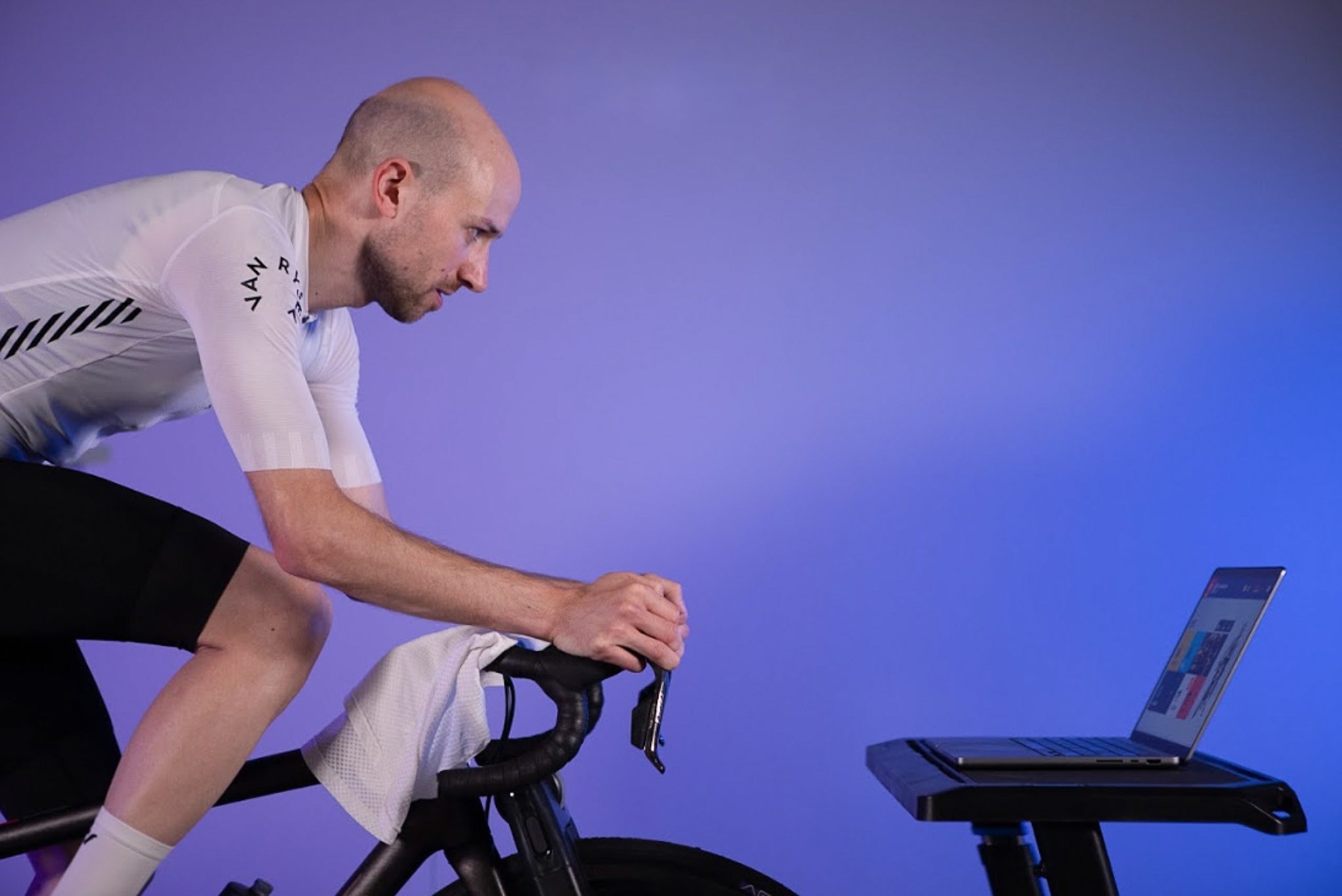
Nehr's email response gave me lots of confidence and he told me that treating things like a race would be a little less important on a ride like this.
“This is a special event because of its length and difficulty. Most fit amateurs could get through 200km without major issues, but 300km with 5000m elevation is a different beast."
The latest race content, interviews, features, reviews and expert buying guides, direct to your inbox!
"Your biggest hurdles will not be your FTP or W/Kg. Instead, it will be your pacing, nutrition & hydration, and mental fortitude that become much more important.”
"I cannot stress enough the importance of pacing during an event like this, especially since the route ends with a 30km climb. In the first half of the route (the mountainous part), do not ride harder than Zone 2 unless you absolutely have to. It looks like there are some very steep gradients on the climbs, so you should save your Zone 3 efforts for then. Otherwise, Zones 1 and 2 for the first 200km+."
"The top of your Zone 2 is your aerobic threshold, the point at which your blood lactate starts increasing significantly. It's an inflection point where everything becomes harder and it takes much longer and much more effort for your body to recover."
It was great to receive this advice before the ride and Nehr's words have given my pre-ride plan added structure and purpose. It's all too easy to get drawn into making an effort and committing a little bit too early on long rides, fondos and sportives. I know I have been guilty of it in the past. The thought of arriving at the foot of a 30-kilometre climb - I've never even ridden a 30k climb - at the end of the ride on empty was one that has made me determined to nail my pacing and effort for the ride.
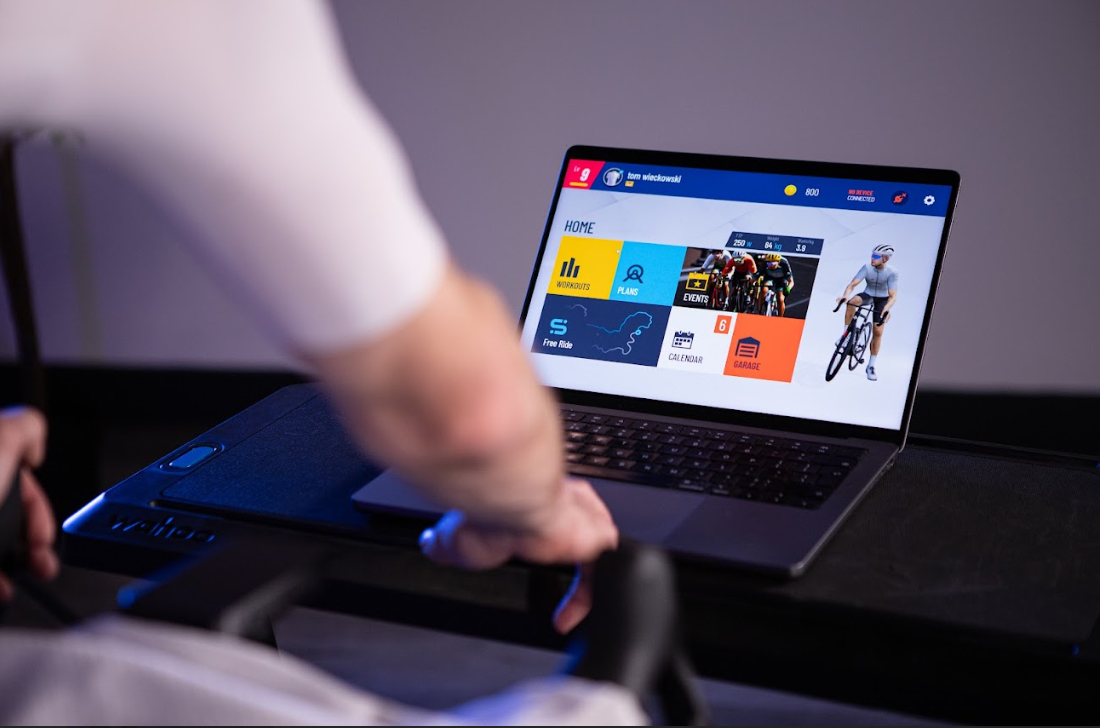
Nehr shared some more info so I could understand exactly why it would be so important to stay out of Zone 3 and above as much as I could for long stretches, giving me a much clearer picture of what will be happening physiology-wise over the 10+ hours I will be riding.
"As soon as you start riding in Zone 3 for more than a minute, your body switches to burning more carbohydrates than fats, conversation becomes difficult, and you can significantly increase your core temperature and sweat rate.”
"During an eight-plus hour event, it is physically impossible to replace 100% of the carbohydrates you have burned. Thus, staying in Zone 2 helps your body burn fat for longer and save its energy stores (and carbohydrates) for the final hours of the race when you need it most.”
“Of course, you can hit Zone 3 (or Zones 4 or 5) for a few seconds during the event, if you were accelerating out of a corner or something like that, but it takes about at least a minute of Zone 3 for your body to switch to those high-energy stores. In other words, don't ride in Zone 3 for 30 minutes on a climb in the first half of the ride.”
So crossing into Zone 3 and above for longer stretches early in the ride will just be unnecessarily using up fuel that I can't fully replace, fuel I will absolutely need later on. I had a great chance to practice this during my longest training ride in the run-up to the big day and the experience was really useful for me ahead of the event.
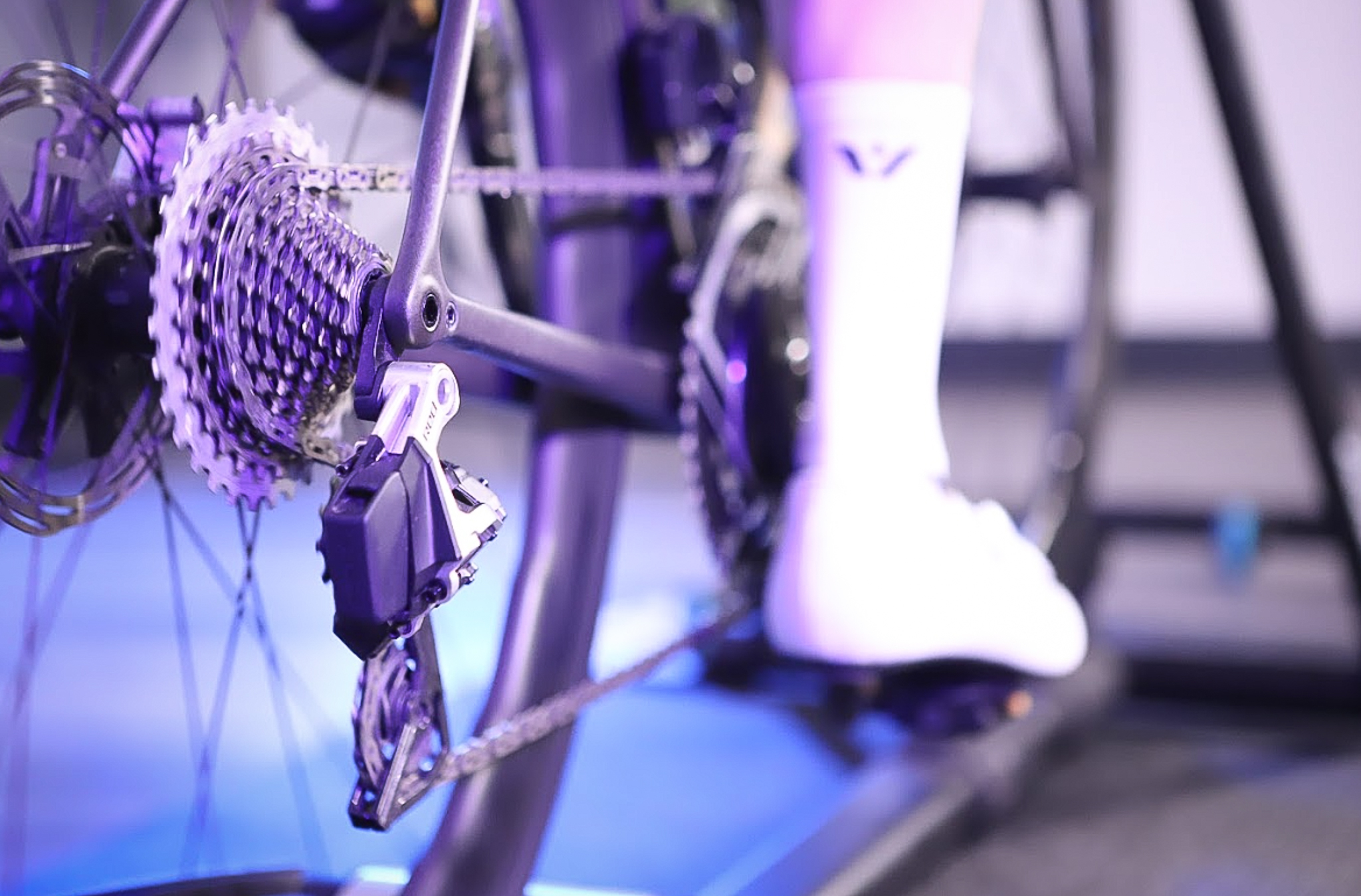
I knew I had to line up a couple of solid preparation rides during the run-up to Chasing Cancellara which I hoped would let me springboard up to the 300km distance required.
The first of which was Ride London, a 103-mile / 165km closed-road sportive which I rode with three friends. It was a pretty flat, fast, 100-mile ride, hardly a mirror image of the Bern-Zermatt route. But it did involve an early wake and start time which was a good bit of psychological practice for the main event.
I was on the bike for just after 5 am and out into the rain, useful preparation for the very early 2 am start time for Chasing Cancellara. And the dark, rainy start was a tick in the mental fortitude box in my book.
We completed the ride in just over four and a half hours and it was a nice marker to tick off, mentally as much as anything. I knew I had a hard 100 miles in the legs. One mistake I did make was dropping an energy gel during the ride and underfuelling slightly toward the end. I got away with it, just, but it was a reminder I couldn’t allow anything like that to happen on the day.
Nehr also gave me some solid fuelling advice and I know I need to consume enough to ensure I don't pay deep into the ride.
“Start practising your fueling strategy now. That means 80-100 grams of carbs per hour, plus electrolytes. I'd recommend having a bottle of plain water every 1-2 hours, or more, to help calm your stomach. Most people DNF these events not because of fitness limitations, but because of stomach/GI issues, cramping, or dehydration/heat exhaustion. Don't let that happen. And plan back-ups in case you miss a bottle or two.”
I know from my regular riding I am comfortable with 90 grams of carbs an hour, so I will ensure I meet this and maybe add a touch more. On my longest training ride to date, I actually missed an opportunity to fill both of my bottles well into the ride and noted down in my phone notes that I couldn't let this happen on the day.
If there's a shop or feed station I'm taking a minute to check my stocks and completely reload bottles and fuel if needed, it's easy to get complacent when you're feeling ok.

Like lots of people, my weeks are busy and a toddler to look after also means I need to snatch hours in the week to ride when I can. Using the indoor trainer is becoming more and more useful for me, and the free-to-use indoor training app MyWhoosh has provided plenty of structured workouts. It has 89 endurance and 55 sweet spot workouts currently, more than enough for me, but there's also the option to create your own.
With the goal I have in mind, endurance-based workouts are a focus and I tend to complete Zone 2 workouts indoors during the week and save my bigger, more intense rides for out on the road, early on a Saturday morning is a prime time for me. Nehr, MyWhoosh's head coach, gave me some advice on structuring things.
"In the MyWhoosh app, you want to focus on the Tempo, Endurance, and Sweet Spot workouts, but there are already hundreds of workouts to choose from. In general, you should ride hard (above Zone 2) twice per week, maybe three times during an overload. The rest of your rides should be in Zones 1-2, with a complete rest day every week or two."
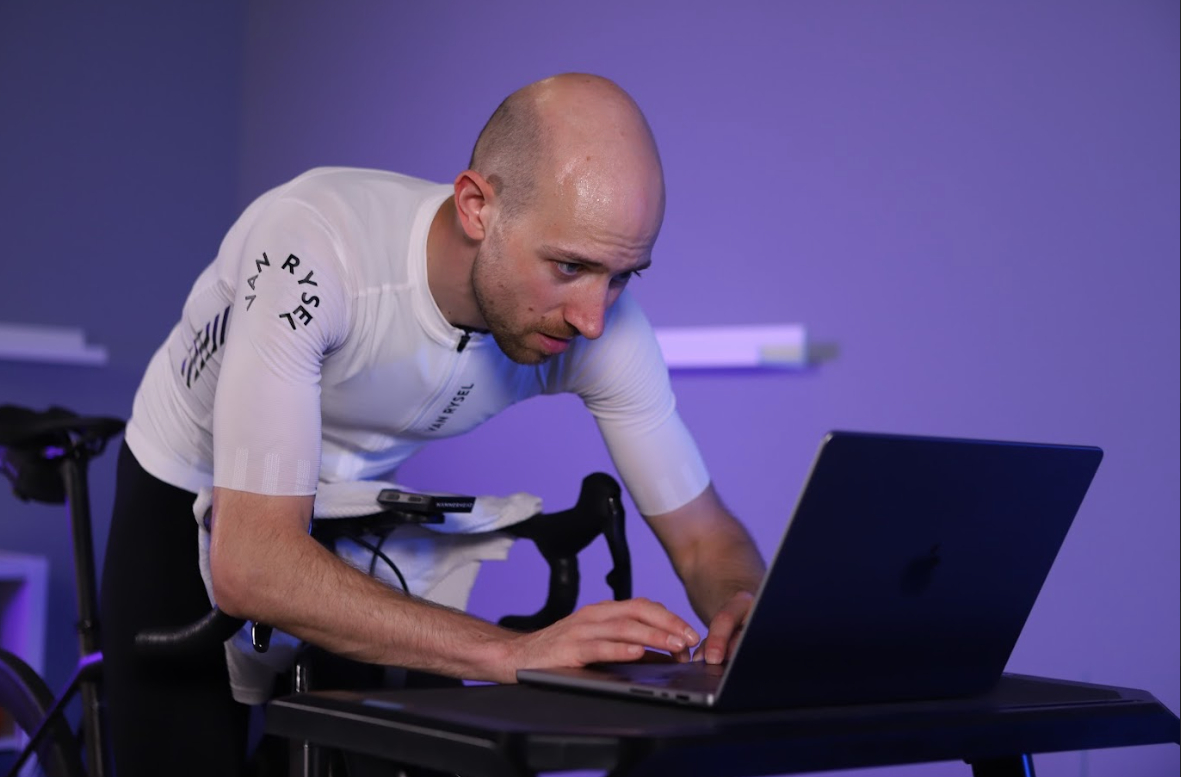
My next bump up in both ride distance and time was my cycling club's 200km Audax ride at the start of this month. I left the house at around 6:30 am, not Chasing Cancellara early, but better than nothing. I rode my local Saturday morning chain gang, then headed to the start of the Audax for 9 am which was conveniently only a mile or two down the road. This was by far the best and most convenient opportunity for me to ride close to the event distance and fit it into a regular week. I ended the day with a total of 178 miles / 268km on the clock, nearly the Bern - Zermatt distance and over ten hours of ride time. It was my longest ride to date and I learnt more about pacing, and feeling out my effort.
After the 30-mile chaingang where I worked hard, I heeded Nehr’s advice and dialled things right back for the Audax which I rode mostly solo. There's no drafting allowed after the 35km mark during Bern-Zermatt so this was also good preparation. Zone 2 or less was my mantra and I got a really nice feel for knocking things right back on the climbs when it felt like I should have been going harder.
I also practised saving every single bit of juice I could, with no power spikes out of corners or accelerating away from traffic lights, I don’t think I went over 300 watts for several hours and I could really feel the good it did for my legs. I crested climbs feeling fresh and was able to get right back up to speed, get aero and keep pressing on, it felt a lot more efficient and I felt good deep into the ride.
It's just 17 days until I line up for the start of Chasing Cancellara. I feel fairly good knowing I've completed just under the event distance and know how it feels to just about ride that far and pace the ride. The advice from Nehr has also given me confidence, and helped me picture the ride and how I'm going to attack it. The terrain is the unknown, I'll be taking on the longest climbs I've ever done as well as the longest distance. Whether the climbs really take their toll on me, only time will tell. Whatever happens, I'm going to leave it all out there, empty the tank (slowly) and enjoy my ride. After all, all you have to do is just keep pedalling, right?

Tom joined the Cyclingnews team in late 2022 as a tech writer. Despite having a degree in English Literature he has spent his entire working life in the cycling industry in one form or another. He has over 10 years of experience as a qualified mechanic, with the last five years before joining Cyclingnews being spent running an independent workshop. This means he is just as happy tinkering away in the garage as he is out on the road bike, and he isn’t afraid to pull a bike apart or get hands-on with it when testing to really see what it’s made of.
He has ridden and raced bikes from an early age up to a national level on the road and track, and has ridden and competed in most disciplines. He has a keen eye for pro-team tech and enjoys spotting new or interesting components in the wild. During his time at Cyclingnews, Tom has already interviewed some of the sport's biggest names including Mathieu van der Poel, Tadej Pogačar and Alberto Contador. He's also covered various launches from brands such as Pinarello, Ridley, Specialized and more, tackled the Roubaix Challenge sportive aboard his own rim-brake Cannondale SuperSix Evo, tested over 20 aero helmets in the wind tunnel, and has created helpful in-depth buying advice relating to countless categories from torque wrenches to winter clothing.
